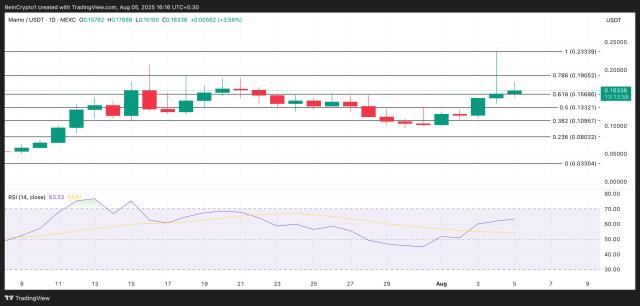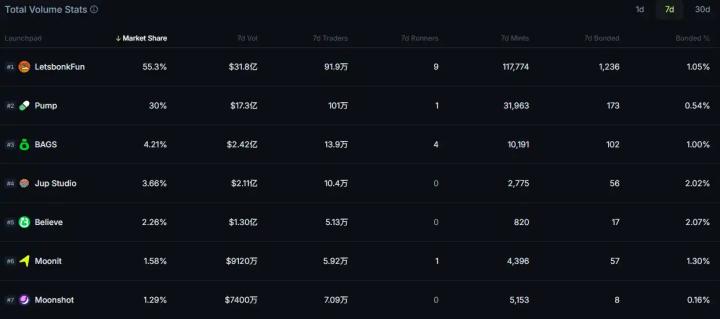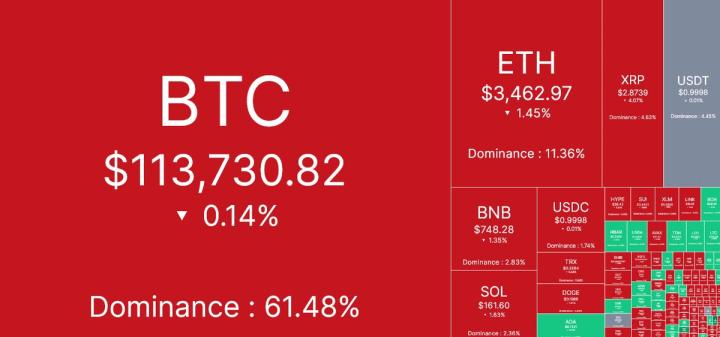Coinbase's Ethereum Layer 2 scaling solution Base experienced approximately 33 minutes of downtime yesterday (5th) Taiwan time in the afternoon, with Block production completely halted. Although the service was quickly restored and no user fund losses were reported, the event once again rang the alarm: high-efficiency Layer 2 architectures still fragily rely on centralized nodes.
Base Publishes Interruption Event Report
According to Base's post-event analysis report, chain traffic surged at 6:07 UTC, causing the current sequencer to accumulate delays. The automated management system Conductor initiated a failover, transferring leadership to a backup sequencer still being deployed with incomplete settings. As this node could not produce Blocks, the network became stuck.
Engineers intervened after several minutes, manually stopping Conductor to prevent continuous incorrect transfers, then transferred leadership back to a healthy sequencer. The service was fully restored at 6:40, with deposits, withdrawals, and Flashblocks simultaneously unfrozen.
The Base team subsequently reaffirmed that data integrity was not affected and user funds were safe. The team stated in the report:
The incident did not cause user fund losses, and data integrity remained unchanged.
Potential Single Point of Conductor and Sequencer
In most Rollup architectures, sequencers are responsible for packaging, sorting, and submitting transaction data to Layer 1. Base uses Conductor with OP Stack and Raft consensus protocol, which theoretically allows multiple sequencers to serve as backups. However, this event showed that with insufficient health check standards, a node with unclear status could still be pushed into a leadership position, potentially amplifying errors.
In essence, sequencers are designed as "a few robust nodes", gaining higher TPS and lower transaction fees, but simultaneously weakening the resilience brought by decentralization. Once a central node fails, the entire chain becomes like a highway exit blocked, with traffic stuck in place.
Efficiency and Decentralization Tug of War
In fact, this incident is not an isolated case. Since going online in 2023, Base has experienced two major interruptions due to sequencer issues. More broadly, most popular Layer 2 solutions adopt similar models, exchanging a tiny node cluster for a smooth user experience.
This approach sharply contrasts with the Ethereum mainnet relying on globally distributed validators: while the mainnet is slow, it is difficult to cause the entire chain to stop simultaneously; Layer 2 is fast, but concentrates risks on a few machines and administrators.
Repair Promises and Industry Insights
Subsequently, the Base team promised to upgrade the Conductor process, ensuring any sequencer is fully configured before being selected as a leader, and to enhance testing and deployment checks. They are also considering introducing more independently operated sequencers to allow external participation in sorting or challenges, reducing single point of failure and censorship risks.
This is not just a challenge for Base, but also relates to the entire Layer 2 ecosystem. How to balance speed, cost, and decentralization, and design self-repairing failover mechanisms will determine the next round of competition. Only by simultaneously strengthening efficiency and resilience can Layer 2 truly support Web3 scalable applications, rather than exposing vulnerabilities due to a 33-minute interruption.








